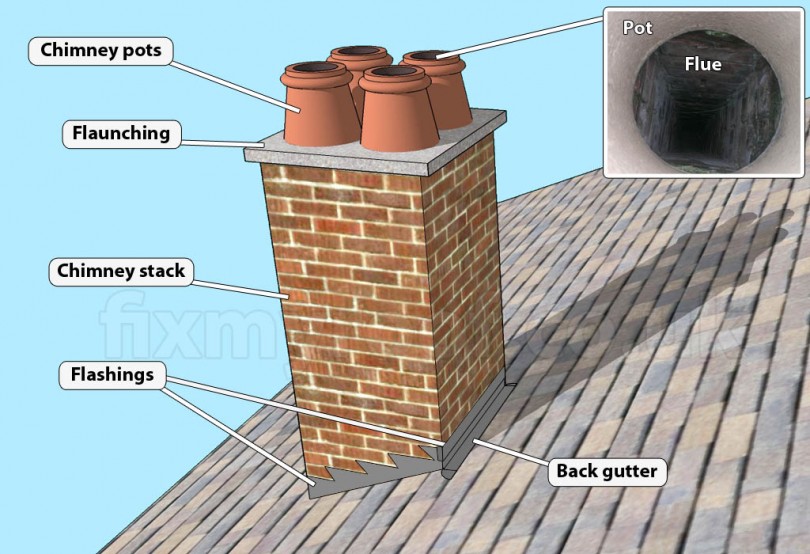At Furber Roofing, we often get called out to homes where homeowners are noticing damp patches or moisture forming on or around their chimney breast—especially during the colder months. One of the most common culprits? Condensation.
While we usually associate condensation with windows or cold corners of rooms, chimney breasts are also prime candidates—especially if the chimney is disused or poorly ventilated. Let’s break down why this happens, what it means for your home, and how to fix it.
What Causes Condensation on a Chimney Breast?
Condensation forms when warm, moist air inside the home comes into contact with a cold surface. The air cools quickly, and the moisture it holds turns into water droplets. Chimney breasts—especially those attached to disused or sealed flues—can become very cold in winter. If the flue isn’t ventilated properly, the inside becomes a cold void where moisture can build up.
Common causes include:
- Blocked or sealed-off flues trapping cold air inside
- Lack of ventilation at the top and/or bottom of the chimney
- Poor insulation within the chimney stack or breast
- Moisture-laden indoor air from everyday living (cooking, showers, drying clothes)
- No chimney cap or cowl, allowing rain or frost to contribute to internal cooling
How to Spot Condensation on a Chimney Breast
Signs can be subtle at first, but they get worse over time if left untreated:
- Damp patches on walls or ceilings near the chimney breast
- Paint or wallpaper peeling or bubbling
- White salt deposits (efflorescence) forming on the surface
- A cold, clammy feeling when you touch the chimney wall
- Mould or mildew around the base or corners of the breast
Condensation on a Chimney Breast: Why It’s a Problem
Condensation isn’t just an aesthetic issue—it can lead to bigger problems:
- Damage to plaster and decoration
- Rotting of timber beams or floorboards nearby
- Increased risk of black mould, which can affect air quality and health
- Degradation of chimney materials, especially in older properties
How Furber Roofing Can Help
We take a holistic approach to chimney and roofing health. When it comes to chimney breast condensation, we’ll assess the situation and offer the best solution based on your property.
Here’s what we typically recommend:
✅ Check and improve flue ventilation – A vented chimney cowl at the top and a discrete airbrick or vent plate at the base can keep air moving and prevent condensation buildup.
✅ Install a proper chimney cap or cowl – Keeps rain out and allows air in. Essential for unused flues.
✅ Repointing and brickwork repairs – Damaged or porous bricks can hold moisture. We use traditional lime mortars where needed to maintain breathability.
✅ Insulate the chimney flue (if needed) – In some cases, insulating the chimney liner can help reduce the cold surface area inside.
✅ General roof and flashing checks – We’ll make sure no external leaks are contributing to the issue.
Preventing Chimney Damp for the Long Term
Once the immediate cause is resolved, it’s important to reduce excess moisture in your home:
- Use extractor fans when cooking or showering
- Avoid drying clothes indoors where possible
- Consider using a dehumidifier in winter
- Keep rooms well ventilated, especially bedrooms and living areas
Don’t Ignore That Damp Patch
If you’ve spotted condensation or damp forming on your chimney breast, don’t wait for it to get worse. At Furber Roofing, we’re experts in identifying and fixing chimney-related moisture problems—from the roofline to the fireplace.
???? Get in touch today for a free inspection or friendly advice.
We’ll help keep your home warm, dry, and worry-free.

